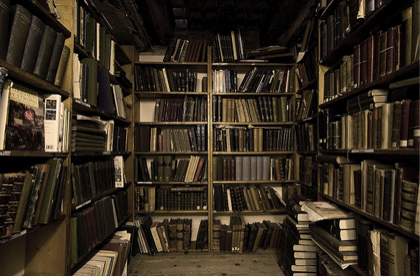Introduction

Source: Rows and rows of old books, Louis du Mont, Flickr
Once you’ve been to the library and checked out books, copied articles, and printed information from Web sites, you have to decide which sources to use. Your teacher might require that you use a certain number of sources of a certain type (for example, one book, two articles, and one Web site). Regardless, it is important that you use a variety of sources to avoid relying too much on one source. You might wonder why using one good source would be a problem, especially if it is the best one to support your thesis. If you just use one source or rely too heavily on one source, then your paper will turn into a summary of that author’s ideas about the subject instead of containing your own ideas.
Why is it important to determine whether your source is reliable? Just as the quality of research in student papers varies, so does the quality of information in many sources. Let’s take newspapers, for example. Tabloids that report mostly celebrity news and gossip and that have a reputation for being sued for publishing inaccurate information are not reliable sources, but newspapers such as the New York Times and the Houston Chronicle are considered valid and reliable sources. While they sometimes make mistakes in their reporting, those mistakes are usually minor, and they’re corrected as soon as they are discovered. Articles full of inaccuracies are rare in those newspapers.
This lesson will help you decide what sources are valid and reliable for supporting a thesis.